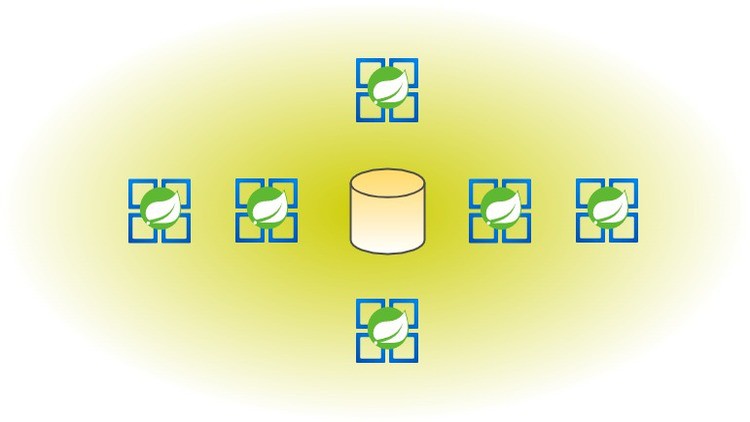Master Transaction Management with SpringBoot and Data JPA
This tutorial will show you how to set up transaction management in your Spring Boot and Spring Data JPA apps.
What you’ll learn
Master Transaction Management with SpringBoot and Data JPA
- You will learn how to make REST APIs and work with databases.
- When you work on your project, you will learn how to use Transaction Management.
- You will learn about different ways to deal with transaction rollbacks.
- In class, you will learn about Transaction Isolation, which is a way to keep things separate.
- You will learn how to make applications that have layers.
Requirements
-
The basics of Java and the Springboot project.
Description
There are a lot of things you will learn about Transaction Management in this class.
There are a lot of reasons why transactions are important in any app.
To start, we’ll get to work setting up Java and IntelliJ as well as Maven, Postman, and Spring Boot from the Spring Initializer.
Afterwards, we’ll make entities that have some fields, and then we’ll make a service.
Then we will go ahead and add Transaction to our app.
When you work on your project, you will learn how to use Transaction Management.
You will learn about different ways to deal with transaction rollbacks.
Learn about Transaction Isolation, which is what you will do.
You will learn about how transactions spread.
Master Transaction Management with SpringBoot and Data JPA
Entity classes and data transfer objects are also going to be made, so we can save and get data from the database and store it in a way that is easy to use.
In the same way, the data transfer objects will help us take data from the service layer and move it to the repository, or the other way around.
We will also make a repository layer to use spring data JPA to do things with the database.
We will also make a simulator that will act as a payment gateway for us, so we can make money.
Afterwards, we’ll add different annotations to a controller class so we can test REST API endpoints with the Postman tool.
We will first test the application without transaction management. Then, we will go ahead and add transaction management and its different rollback strategies to the application.
This is the last thing we’ll do. We’ll run the application through Postman again to test our transactions and rollbacks.
In the end, we will talk about some important things to keep in mind when you use spring boot to manage transactions.
Who this course is for:
- Anyone who wants to learn and use Transaction Management in their project should do that.
Master Transaction Management with SpringBoot and Data JPA CourseForFree.net
No-Code Machine Learning: Practical Guide
Download Now







